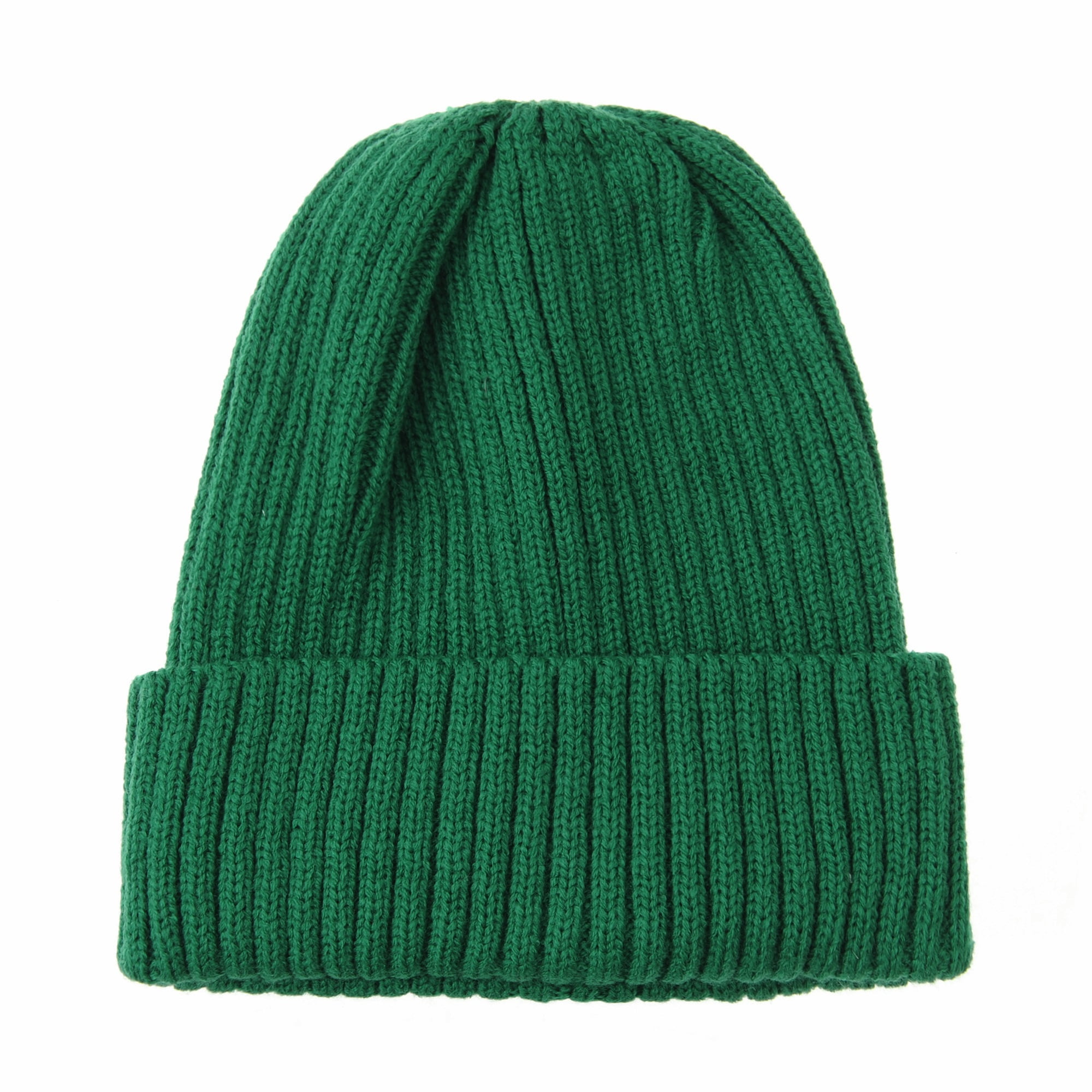A Beanie can be described as a tiny stuffed animal made of felt, wool, leather, or cloth, which is usually offered at sporting events. Many collectors claim that they don't feel any emotional attachment towards the items in their Beanie collection. Instead, they devote endless hours looking into the market and learning the nuances. They also know that their passion may be a little silly and that some people might think them crazy.
Beanie Babies were handed out at the end of a baseball game.
Since 1997 in 1997, over since 1997, 22 Major League Baseball teams have given away Beanie Babies during baseball games which has brought thousands of spectators to their stadiums. Ty has worked with MLB to develop special tagging specifically for Beanie Babies to commemorate players and special events. They include Mac the Cardinal, Rocket the Blue Jay, and Sammy the Bear. Each one has its own unique giveaway day.
They are valuable
Vintage Beanie Babies can be valuable, depending on the condition and rarity. Some collectors will pay as much as $50,000 for a 1992 Ty Beanie. Others will pay more than $25,000 for a vintage 1995 Lefty the Donkey.
They are constructed of cloth, felt, wool, leather, or silk
Felt is among the toughest fabrics. It is composed of tiny fibers which are interlocked in each direction. This makes it lighter than the woven fabric which is made of twisted fibers in a straight line. Additionally, it's the longest-lasting fabric since it needs the most fibers to be durable. It is also waterproof and stain-resistant and hypoallergenic.
beanies sport a clown face.

This beanie features a large clown face and propeller. It is made of acrylic yarn and comes in one size that fits all. This beanie has an embroidered front design and hair that is plush.
They are constructed of an unbrimless cap
Beanies are small hats made of felt, wool, fur, or hair. The materials are compressed and shaped through a process that involves rolling, pressing and heat. Fez is a flat brimless cap that is made of red felt. It is usually used as a hat during winter when temperatures is below the freezing point.
